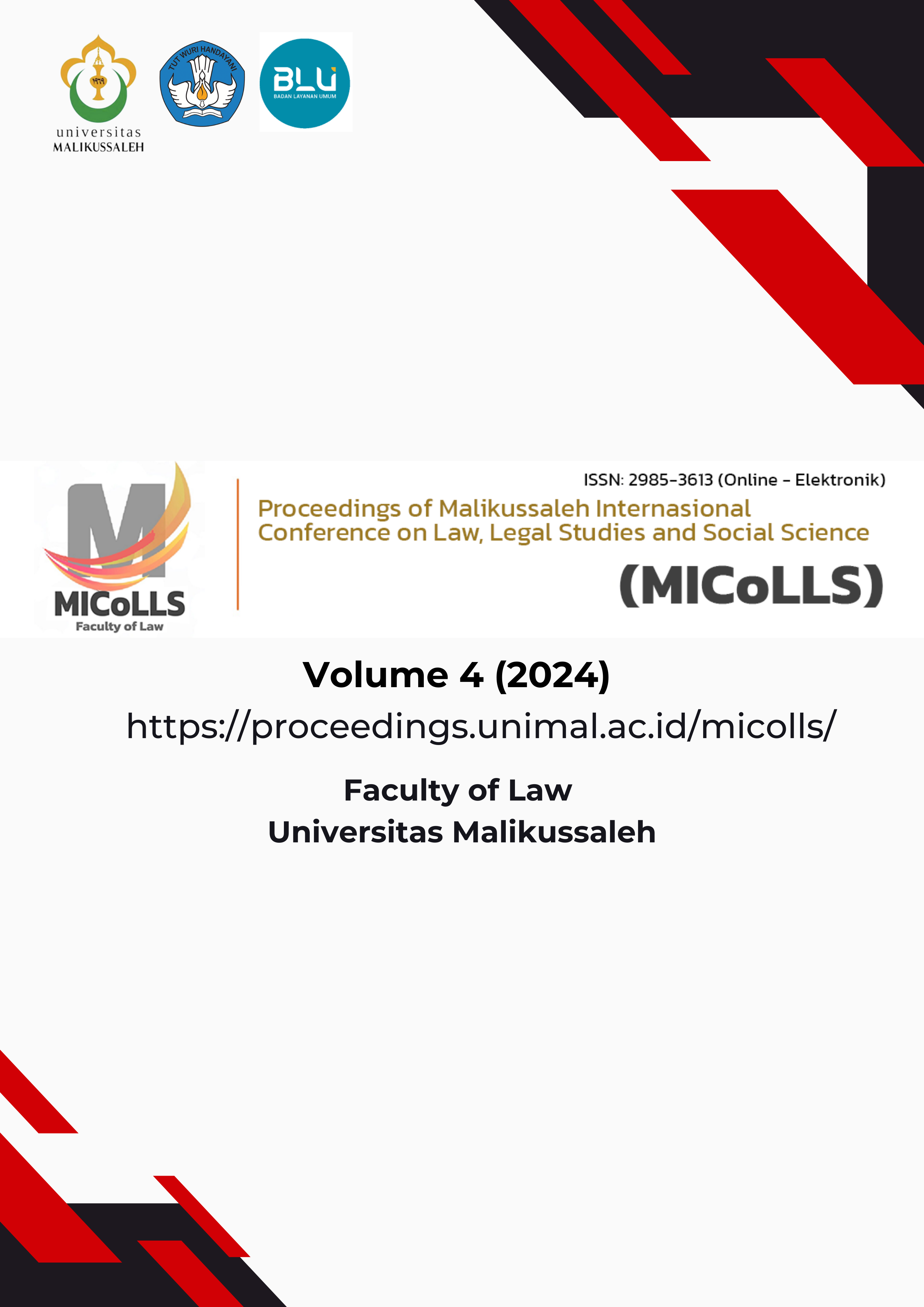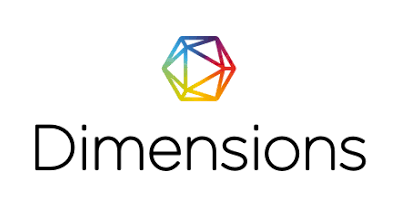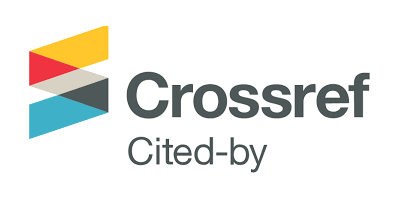The Crime of Deepfake Pornography In Indonesian Legal Perspective
Keywords:
Pornography, Deepfake, Artficial Intelligent, Regulation, ViolenceAbstract
The evolution of technology and information has changed the variety and forms of sexual violence. Deepfake pornography is a powerful phenomenon of artificial intelligence that involves the manipulation of images and videos. This incident involves many famous figures, especially artists, due to the easy access to images and videos. But it can also happen to ordinary people, causing mental damage. Depression, humiliation, loss of self-confidence and being ostracized by society are the consequences experienced by victims. Meanwhile, the regulation of deepfake pornography in Indonesia does not regulate in detail the rights of victims, penalties for perpetrators and regulations on the use of AI, especially deepfake. Law is an inseparable part of social life, so it is necessary for there to be harmony between the law and what happens in society. Strong regulations and public awareness can make people aware of the dangers of sexual violence in the scope of cyber crime. Appropriate regulations in the form of high fines and long detention periods for perpetrators are efforts to prevent repetition of the same sexual violence.
References
Chris Kim, et al. “Computer Crime.” Journal American Criminal Law Review, Vol. 48, Issues. 12, 2012 . https://www.ojp.gov/ncjrs/virtual-library/abstracts/computer-crimes-7.
Dwi Haryadi. Kebijakan Integral Penanggulangan Cyberporn Di Indonesia, Publisher V Lima, Bangka Belitung, 1995.
Edvinas Meskys, et al. “Regulating Deep-fakes: Legal and Ethival Consideration.” Jurnal of Intellectual Property Law & Practice, Vol. 15, Issues. 1, 2020. https;//academic.oup.com/jiplp/article-abstract/15/1/24/5709090?redirectedFrom =fulltext&login=false
Emily Pascale. “Deeply Dehumanizing, Degrading, And Violating: Deepfake Pornography And The Path To Legal Resource.” Syracuse Law Review, Vol. 73, Book 1, https://lawreview.syr.edu/wp-content/uploads/2023/03Pascale-335-366
Ibrahim Fikma Edrisy. Pengantar Hukum Siber, Sai Wawa Publishing, Lampunng, 2019.
Marissa Koopman, et al. Detection of Deepfake Video Manipulation, University of Amsterdam & Netherlands Forensic Institue, 2018.
Martini, “Pengaturan Tindak Pidana Pornografi dalam Sistem Hukum Indonesia", Vol. 19, No. 2, 2021, https://jurnal.unpal.ac.id/index.php/solusi/article/view/366.
Osman Goni, et al., “The Basic Concept of Cyber Crime", Journal of Technology Innovations and Energy, Vol. 1, No. 2, 2022, https://www.jescae.com/index.php/jtie/article/view/113.
Rebecca A. Delfino, “Pornographic Deepfake; The Case for Federal Criminalization of Revenge Porn's Next Tragic Act, Ohio State Law Journal, Vol. 88, Issue. 3, 2019, https://ir.lawnet.fordham.edu/cgi/viewcontent/cgi?articl=5640&context=flr.
Downloads
Published
Issue
Section
License
Copyright (c) 2025 Riska Yunita, Joelman Subaidi, Sofyan Jafar

This work is licensed under a Creative Commons Attribution-ShareAlike 4.0 International License.
Authors retain the copyright and grant the proceeding the right of first publication. This work is licensed under a Creative Commons Attribution-ShareAlike 4.0 that allows others to share the work with an acknowledgement of the Creative Commons Attribution-ShareAlike 4.0 that allows others to share work with an acknowledgement of the works authorship and initial publication in this proceeding.
All articles in this proceeding may be disseminated by listing valid sources, and the article's title should not be omitted. The content of the article is liable to the author.
Authors are able to enter into separate, additional contractual arrangements for the non-exclusive distribution of the proceeding's published version of the work (e.g., post it to an institutional repository or publish it in a book), with an acknowledgement of its initial publication in this proceeding.
Authors are permitted and encouraged to post their work online (e.g., in institutional repositories or on their website) before and during the submission process, as it can lead to productive exchanges and earlier and greater citation of published work.
In the dissemination of articles, the author must declare the Proceedings of Malikussaleh International Conference on Law, Legal Studies and Social Science (MICoLLS) as the first party to publish the article.






